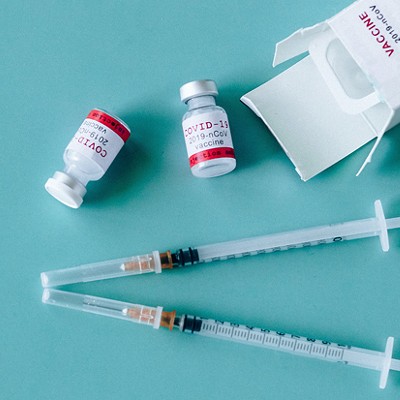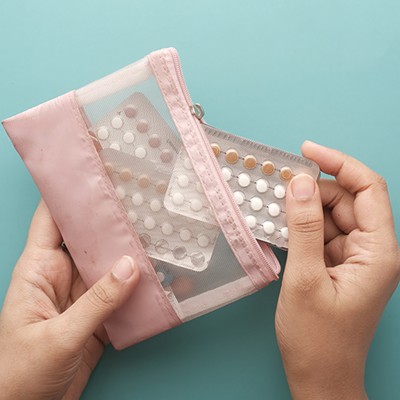Everybody seems to agree that milk is good for kids. It’s got protein, calcium, Vitamin D and other nourishing stuff. But when milk is tarted up with sugar or high fructose corn syrup and flavorings to make it taste like chocolate, strawberry or root beer, the benefits become a lot less clear.
Many nutritionists and doctors say flavored milk, along with other sweetened beverages including colas and fruit juices, is a big contributor to the growing epidemic of childhood obesity. Driven by such concerns, school districts across the country – including Los Angeles Unified, the nation’s second-largest – have banished flavored milk and sweetened fruit juices from their cafeterias.The Milk Wars have even spread to Bend, where a loosely organized group calling itself “Good Hydration” is campaigning to get the Bend-LaPine School District to ban chocolate milk, or at least offer it only as an occasional special treat. (After the current school year district cafeterias no longer will serve strawberry or root beer-flavored milk because new federal guidelines require all milk served in schools to be non-fat, and non-fat milk isn’t available in those flavors.)
Good Hydration has presented an online petition with more than 500 signatures to the school board, and Dr. Stephen Archer, a local surgeon, has given the board a letter signed by more than 100 health care professionals supporting a ban on flavored milk and sugary fruit juices.
But so far the school district is sticking to its guns. Its nutritionists argue that making milk taste like chocolate gets kids to drink more of it, and that the benefits in terms of calcium and Vitamin D intake outweigh the harm of the added sugar.
That argument looks shaky. For one thing, calcium is available from many sources besides milk – cheese, yogurt, green vegetables, beans and nuts, to name a few. As for Vitamin D, many foods, including popular breakfast cereals, are fortified with it – not to mention letting kids get it from playing outdoors in the good old Central Oregon sunshine.
Then again, the school district needs to think about the nutritional message it’s sending kids when it serves up chocolate milk rather than the unflavored kind. As Dr. Archer wrote in a recent op-ed piece: “What is the lesson we teach when we make milk as close to a soft drink as possible — adding sugar and … flavoring?”
The implied lesson, clearly, is that if stuff isn’t loaded up with sugar or high fructose corn syrup it doesn’t “taste good” and it’s not worth drinking or eating. That’s a lesson that leads to a lifetime of consuming empty calories, which leads to obesity and all the health problems that go with it. Too many American kids are getting that lesson already from their parents and from advertising; the public schools shouldn’t also be teaching it.
It’s high time for the district to kick flavored milk and sweetened juices out of its cafeterias. Here’s the GLASS SLIPPER to Dr. Archer and other citizens who are keeping the pressure on to make that happen.


























